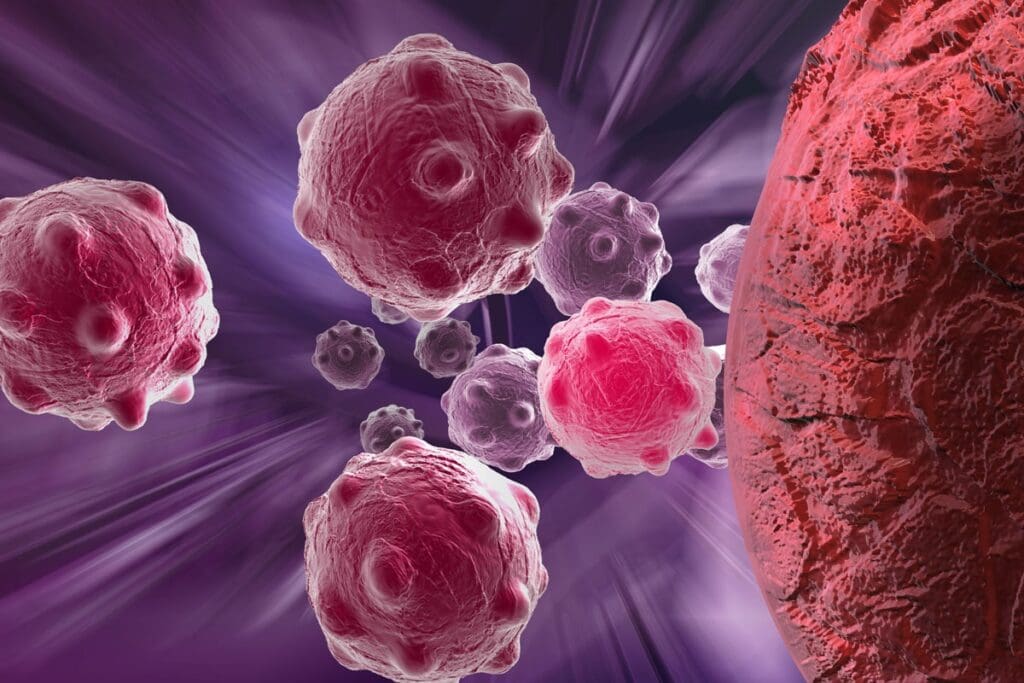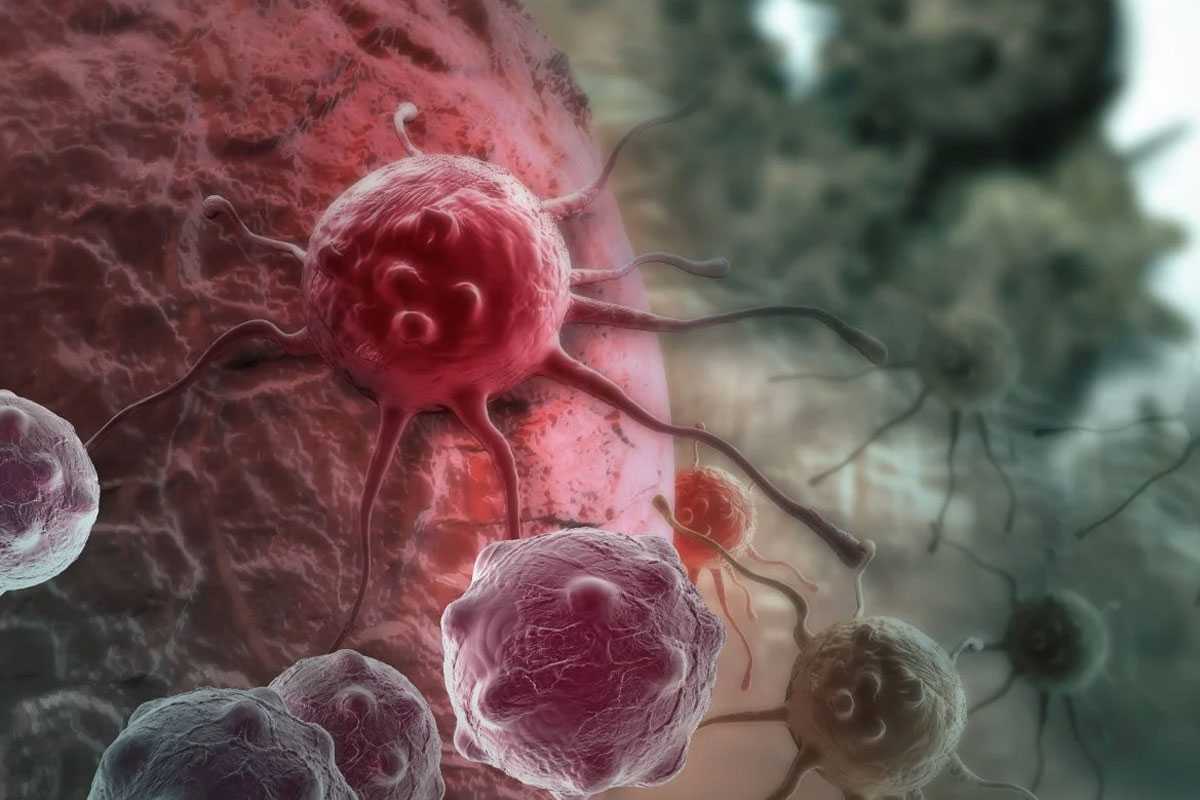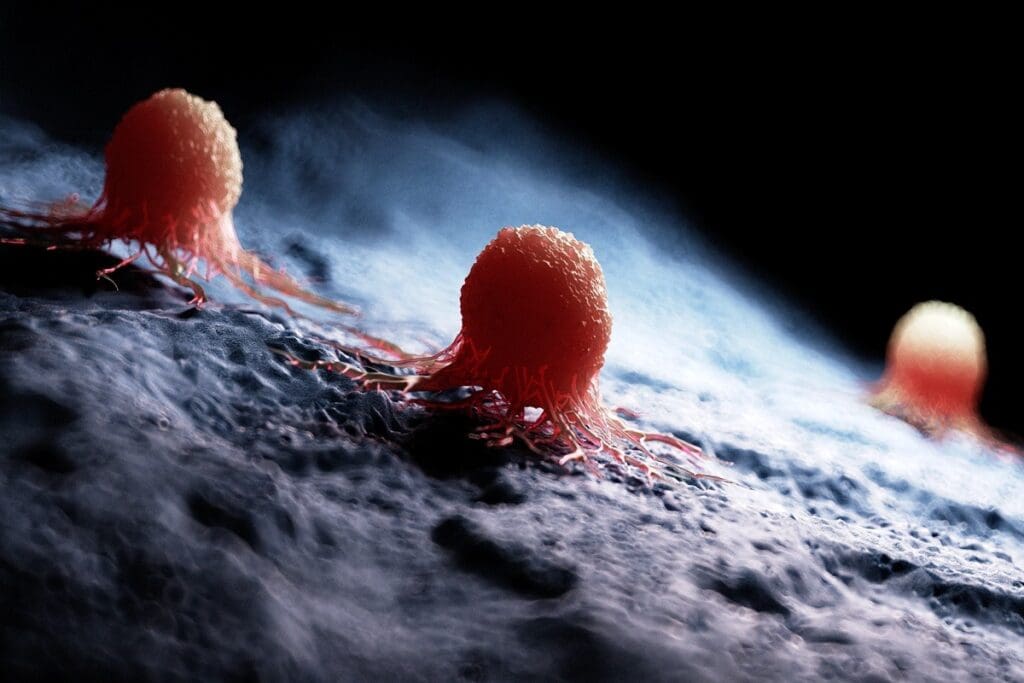Last Updated on November 24, 2025 by

Tumours grow at different speeds, affecting health in various ways. Some, like a benign tumor, stay the same size or grow slowly over the years. But others can grow twice as big in just a few months, which is very dangerous.
Understanding the differences between a benign tumor and a malignant one is key. Malignant tumors, like those in pancreatic and lung cancer, grow fast and are deadly.
Early detection and good treatment are vital for controlling tumor growth. Our goal is to offer top-notch healthcare and support to patients worldwide.
Tumor growth rates show how aggressive cancer is and help doctors make decisions. We explore the science of tumor growth rates. This includes how they are measured, classified, and what affects them.
Tumor growth is tracked by measuring its size over time. MRI, CT scans, or PET scans are used for this. The tumor doubling time is key in understanding growth rates. Fast-growing tumours double in size quickly, while slow-growing ones take longer.
Understanding how cancers grow is vital for treatment planning. Advanced imaging helps us monitor growth and plan treatment.

Genetics, tumor type, and affected organs can speed up tumor growth. Genetic mutations can make tumors grow faster. The tumour’s environment, including blood vessels and the immune system, also affects growth.
Tumor growth depends on its type and the organs it affects. Imaging tests help find tumors early, allowing for quick action.
By grasping the science of tumor growth rates, we can improve cancer diagnosis and treatment. We use cutting-edge diagnostic tools to track growth and customize treatment plans.

Benign and malignant tumors grow differently. This affects how we diagnose and treat them. At our institution, we focus on these differences to give the best care to our patients.
Benign tumors grow slowly and don’t spread to other parts of the body. They are usually wrapped in a layer that can be removed surgically. Examples include lipomas and uterine fibroids. These tumors might not cause symptoms unless they press on nearby tissues.
The key traits of benign tumors are:
Malignant tumors, by contrast, grow fast and can spread to other areas. They are a sign of cancer and need quick and effective treatment. We use a team approach to tackle malignant tumors, with the latest medical tech and research.
The signs of malignant tumors are:
It’s key to know how benign and malignant tumors grow to plan the right treatment. Our goal is to lead in cancer treatment by improving care and staying updated.
It’s key to know how fast aggressive tumors grow to treat them well. Some cancers spread quickly and are very deadly. Finding them early is very important.
Pancreatic cancer grows fast and is hard to treat. It’s often found too late, leading to a high death rate. We need better ways to find it early.
Key characteristics: Late diagnosis, high mortality rate, rapid progression.
Lung and bronchus cancers are very aggressive and deadly. Smoking is a big risk. Screening early can help people live longer.
Notable statistic: Lung cancer is one of the leading causes of cancer deaths worldwide.
Colorectal cancer is becoming more common, even in younger people. These cancers grow fast and spread quickly.
Risk factors: Family history, lifestyle factors, and genetic mutations.
More young women are getting breast cancer. These cancers are aggressive and need quick treatment.
“The rise in early-onset breast cancer highlights the need for awareness and screening among younger women.”
We must tackle these aggressive cancers with top care and new tests. Our goal is to give the best healthcare, helping patients from all over.
Rapid growth in benign tumors is a worrying sign that needs quick action. Even though most benign tumors grow slowly, some can grow fast. This can lead to serious health problems.
Some benign tumors grow faster than others. Here are a few examples:
It’s important to know the signs of rapidly growing benign tumors. This helps in getting timely treatment. Look out for:
We stress the need to watch benign tumors closely. If you notice any of these signs, get medical help right away. Our caregivers are ready to offer care and support for managing benign tumors. We aim for the best results for our patients.
Some malignant tumors grow quickly, while others grow at a moderate pace. This makes them challenging to diagnose and treat. We will look at the growth rates of kidney, uterine, thyroid cancers, and melanoma. We will also talk about why accurate diagnosis and treatment planning are key.
Kidney cancers, or renal cell carcinomas, grow at different rates based on their subtype. For example, clear cell renal cell carcinoma is the most common type and can grow at various speeds. We will discuss what affects the growth rate of kidney cancers and how it impacts treatment.
Key factors influencing kidney cancer growth rates include:
Uterine and endometrial cancers have varying growth rates. Endometrial cancer, the most common uterine cancer, has different subtypes with unique growth patterns. We will look at what affects the growth rate of these cancers and how it impacts patient care.
The growth rate of uterine and endometrial cancers can be influenced by several factors, including:
Thyroid cancers range from slow-growing papillary thyroid carcinoma to aggressive anaplastic thyroid cancer. We will discuss the growth rates of thyroid cancers and what makes them aggressive.
The growth rate of thyroid cancers can vary significantly depending on:
Melanoma is a fast-growing skin cancer, with rapid growth during its vertical phase. We will explore the differences between the horizontal and vertical growth phases of melanoma. We will also discuss how these differences affect early detection and treatment.
The growth pattern of melanoma is a critical factor in determining prognosis:
Advanced diagnostic methods are key in finding and checking on tumors that grow fast. Spotting these tumors early is vital for managing them. We use the latest technology to give top-notch care.
Modern imaging is vital for watching tumor growth. We use advanced tools like CT scans, MRI, and PET scans to see tumors’ size, location, and type. These tools help us track how tumors change over time, which is key for planning treatment.
CT scans give detailed images of tumors and how they affect nearby tissues. MRI shows soft tissues clearly, which is great for tumors in hard-to-reach spots. PET scans show how active the tumor is, which tells us how aggressive it might be.
Molecular and genetic markers are also important in spotting aggressive tumors. Some genetic changes and molecular signs can show if a tumor will grow fast and spread. By looking at these markers, we can plan treatments that fit the tumor’s unique needs.
For example, some genetic markers are linked to aggressive cancer types. Finding these markers helps us guess how fast a tumor might grow. This lets us create treatments that are just right for each patient. This is a big part of modern cancer care.
By using advanced imaging and looking at molecular and genetic markers, we get a full picture of fast-growing tumors. This mix of methods is key to making good treatment plans and helping patients get better.
As we learn more about tumor growth, it’s clear that managing it is key to better patient care. At livhospital.com, we aim to provide top-notch healthcare. We also offer full support and guidance to international patients.
New diagnostic and treatment methods are changing how we tackle fast-growing tumors. We use advanced imaging and genetic markers to spot aggressive tumors early. This helps us create targeted treatments.
The future of cancer treatment is bright, thanks to these advances. We’re dedicated to giving our patients the best care. Our goal is to make a real difference in their lives.
We’re committed to exploring new ways to manage tumor growth. This will help improve care for patients with fast-growing tumors. Our goal is a future where cancer treatment is more effective and tailored to each patient.
Benign tumors are non-cancerous and don’t spread. They don’t invade nearby tissues. Malignant tumors, on the other hand, are cancerous. They can spread and invade other areas.
Doctors use MRI, CT scans, and ultrasounds to measure tumor growth. They classify tumors based on their size, growth rate, and how they look under a microscope.
Genetics, the type of tumor, and environmental factors can speed up tumor growth. Certain molecular and genetic markers also play a role.
Slow-growing benign tumors grow slowly. They are often surrounded by a capsule. They don’t spread or invade nearby tissues.
Aggressive malignant tumors grow fast. They invade nearby tissues and can spread to other parts of the body.
Pancreatic, lung, colorectal, and early-onset breast cancers grow quickly. They have aggressive profiles.
Yes, some benign tumors can turn malignant over time. It’s important to keep an eye on them and follow up regularly.
Look out for rapid growth, changes in shape or size, and symptoms like pain. These signs mean you need to see a doctor right away.
Doctors use MRI and CT scans to diagnose fast-growing tumors. They also look at molecular and genetic markers to understand the tumor’s behavior.
Molecular and genetic markers help doctors know how aggressive a tumor is. They guide treatment plans to match the tumor’s characteristics.
Benign tumors might need monitoring or surgery. Malignant tumors often require a mix of treatments like surgery, chemotherapy, and radiation therapy.
Finding tumors early is key to effective treatment. It allows for quick action before the tumor grows or spreads.
Subscribe to our e-newsletter to stay informed about the latest innovations in the world of health and exclusive offers!